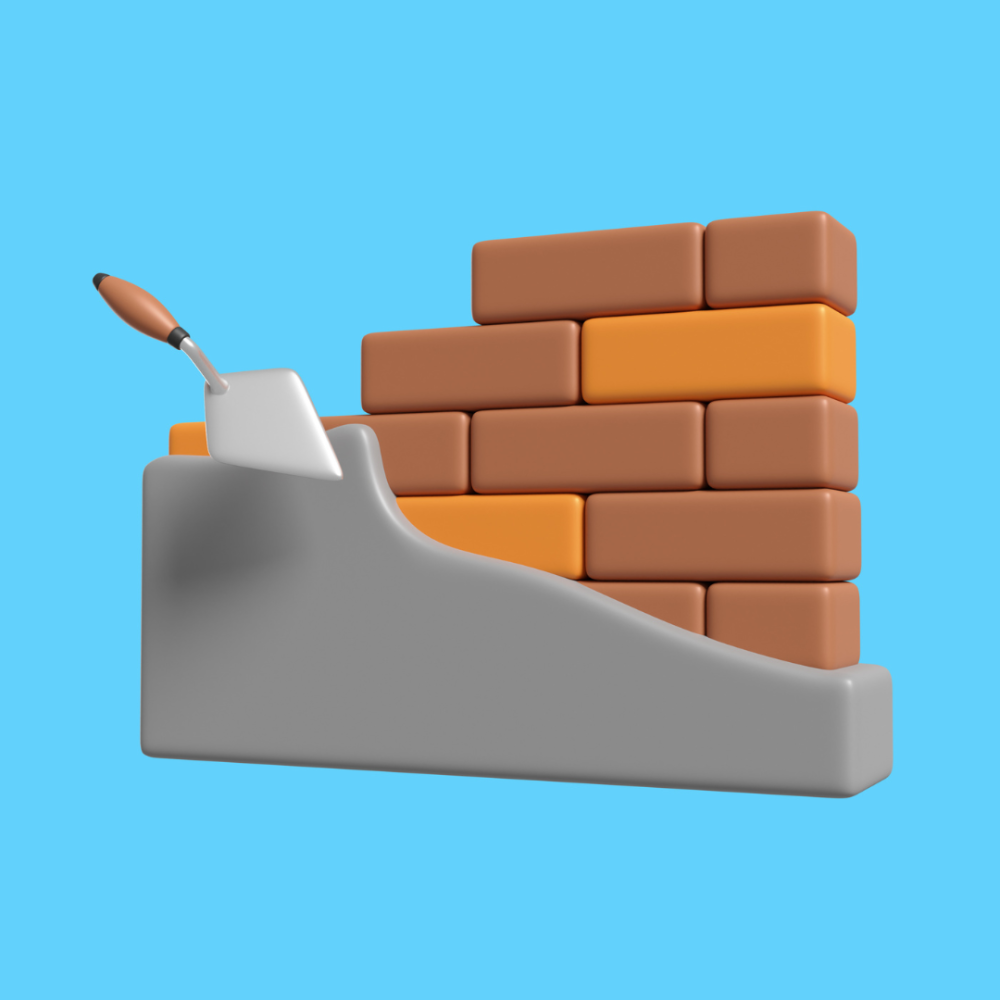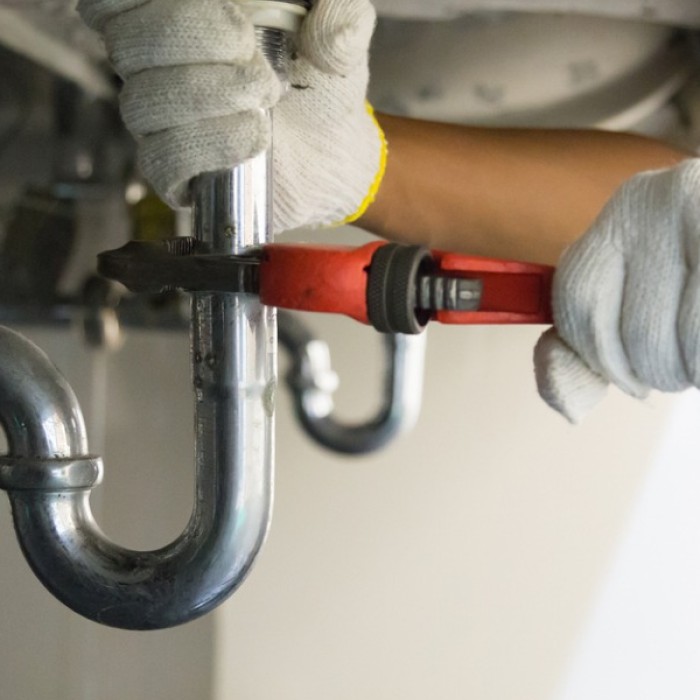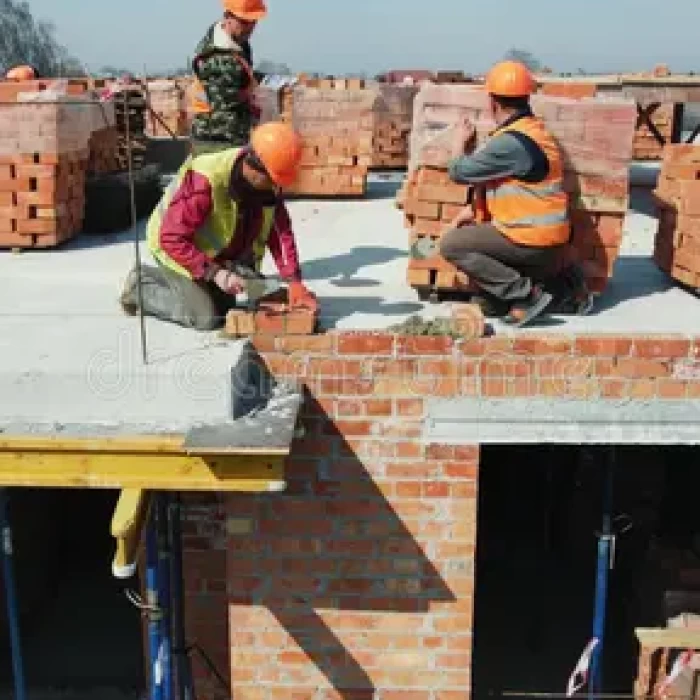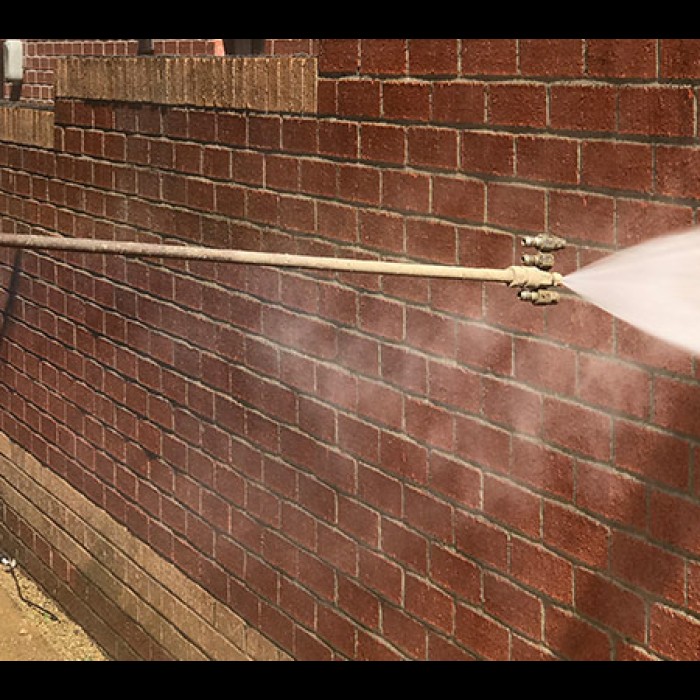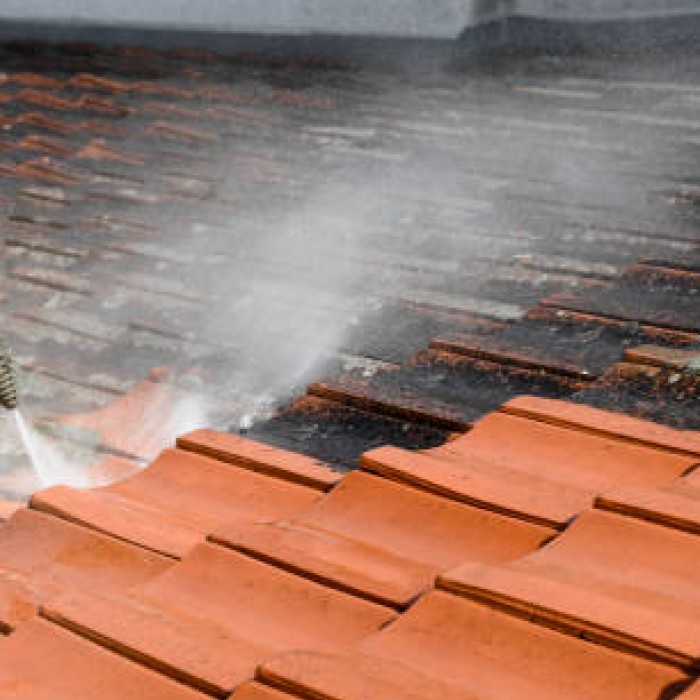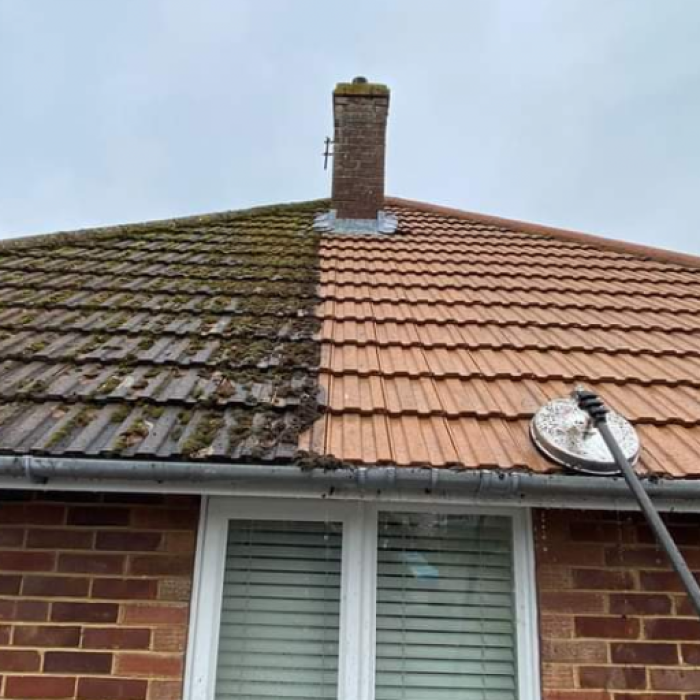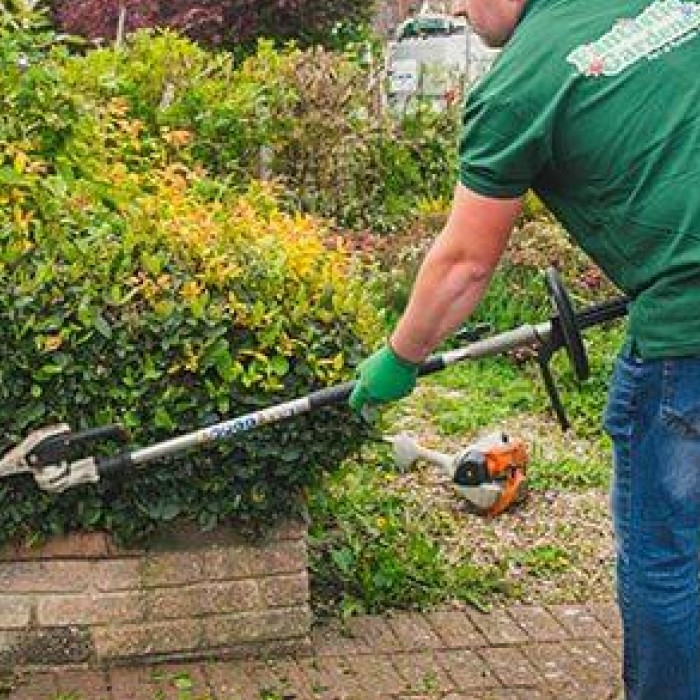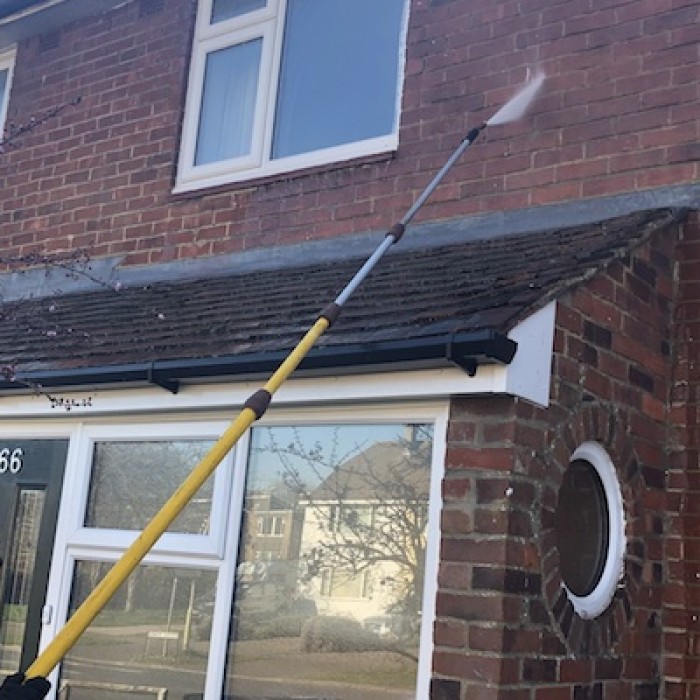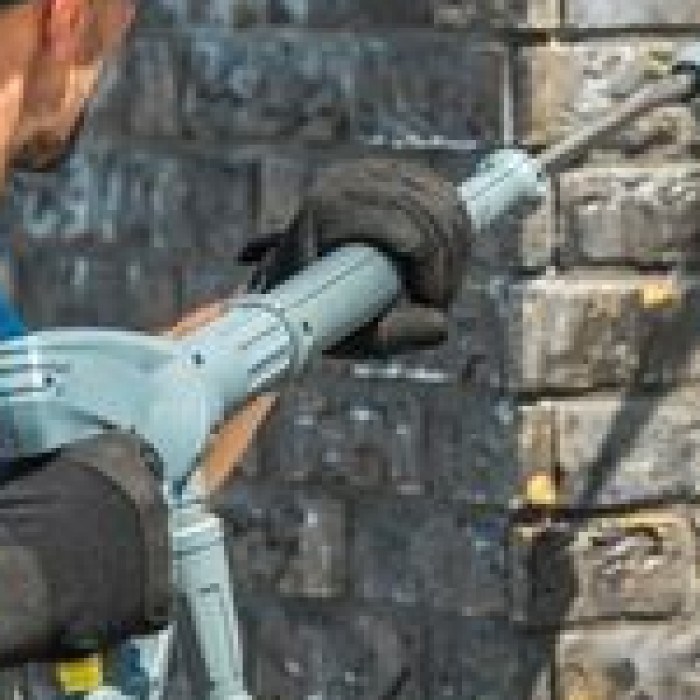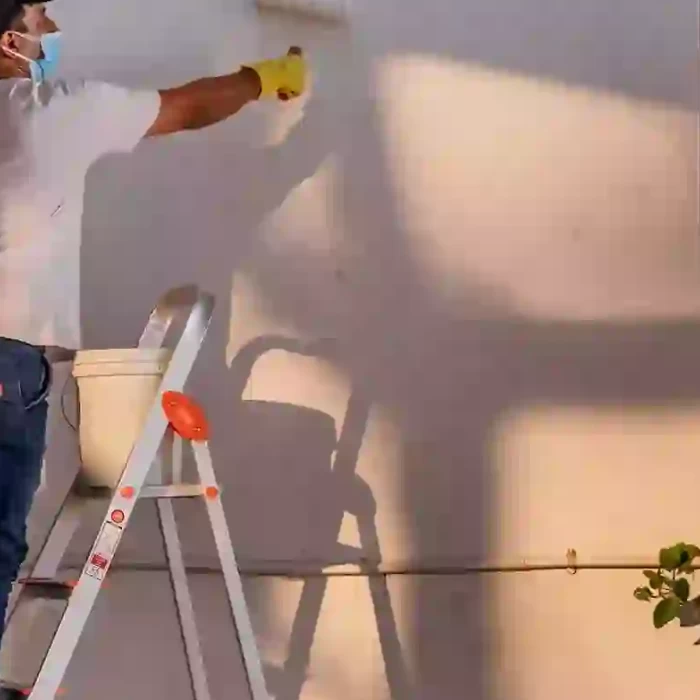How Brick size and bonds matters in construction
Brickwork is an essential aspect of both residential and industrial construction. While brickwork may seem like a simple process of laying bricks to form walls or other structures; it requires careful consideration of several factors to ensure the resulting structure is strong and durable. Two such critical factors that are taken into account are brick size and bond patterns. The size of the bricks used and the way they are laid can have a significant impact on the strength and durability of the resulting structure.
The right size of bricks and the appropriate bond pattern is decided by experts based upon the structure in question, and the intended lifespan or the function of the structure especially when industrial construction is concerned. In this blog, we will explore the importance of brick size and bond patterns in both residential and industrial construction, and how they can impact the overall quality of the structure. The section for bonds will obviously be larger, as they are more important than the size of the bricks when most construction is concerned.
The importance of brick size
The size of the bricks affects the amount of mortar needed to bind them together and thus has a large effect on the strength and stability of the final structure. Larger bricks less mortar, which results in a more robust and stable structure. However, they are usually more challenging to work with, making them more difficult in the construction process. On the other hand, smaller bricks allow for more intricate designs and patterns, but require more mortar which turns up the cost. Small bricks can also weaken the structure when professional construction techniques are not used. Depending on their standardized sizes, various bricks have been named:
Megaline bricks: 288 x 88 x 48 mm
Roman brick: 400 x 100 x 40 mm
Special shaped bricks: variable sizes
Different types of brick bonds
Following are the various types of brick bonds and their properties. These will be described on how courses, i.e, a layer of the brick unit is placed in relation to other layers.
Stretcher bond
The most popular bond in brickwork, this type of bond is made up of courses that have bricks laid lengthways(on the side of their highest length). The joint of one course falls midway on the joints of the bricks directly below/above a course of bricks. This bond creates a gap on the edges of the wall, which is usually filled by mortar. It is the most cost effective bond, and has moderate strength.
Flemish bond
This bond is similar to stretcher bond, but the courses here are laid out width wise(or on the side of the lowest length), and therefore this bond uses a lot more bricks for the same size of the wall than a wall that uses stretcher bond. This as one can imagine trades a higher strength for higher cost, and is reserved for structures that require such strength. This bond also finds application in radial structures.
English bond
This is a combination of stretcher bond and flemish bond, where if one course uses a stretcher bond configuration, the next course will use flemish bond configuration. It is one of the oldest bonds on the list, and has strength on par with the flemish bond and has since been used in many engineering projects.
Stack bond
In this type of bond, the bricks are laid in a straight line, with each course directly on top of the previous one. This causes a very attractive appearance, but the stack bond is weaker compared to other bonds in structural strength. It is not used much for this reason, as it is also costly compared to some of the other bonds mentioned.
Wild bond
As the name suggests, this bond has no particular structure in its courses or layers for that matter, and hence its strength varies. It is usually constructed this way for the purpose of aesthetics, and it is used in rare instances still to this day. Its use has declined as some configurations of the wild bond don’t have a large lifespan.
How professionals help
Professional brick and masonry builders know the right size and type of bonds to put in various brick structures like walls very well. They can implement the bonds perfectly in a limited amount of time, as is sometimes required for commercial building projects. Professionals are also less likely to make mistakes, and will conserve mortar and other such resources while construction. They also will decide the best way of constructing the buildings so that they will last longer. Professionals are also good at repair work
Conclusion
As you can see, both brick size and bonds affect the strength, appearance and life span of constructed buildings and structures; more so the type of bonds than the size of bricks. This also affects the maintenance work that may be done after the construction is completed. With so much importance given to them, it is important that the right kind of crew is present while constructing and servicing the structures. Professionals at worldwideservices can construct or repair any kind of brick structures because they have years of experience in doing so.

